Motorcycle helmets are a crucial piece of safety gear for anyone who rides on two wheels. They can help protect you from serious injury in the event of an accident. But how long do they last? And when is it time to replace them? In this article, we will answer all your questions about motorcycle helmets! We’ll cover everything from how long they last to what to do if you have a crash. So whether you’re a new rider or just want to brush up on your knowledge, read on for all the information you need about motorcycle helmets!
Table of Contents
Do Motorcycle Helmets expire?
Motorcycle helmets can serve you for a very long time if they are properly cared for and not subjected to bumps and scratches. Although motorcycle helmets can last for a long time, most manufacturers indicate the service life.
You should replace your helmet, even if you have never used it with a new model.
If you ride your bike in bad weather or during the summer, UV rays from the sun or rain can have a negative effect on the exterior of your helmet. This significantly lowers the amount of time your helmet will last.

If you get injured, the inside of the helmet and the outer layer won’t provide enough protection.
For those who regularly ride the bike, we advise you to replace the helmet every 3 years.
Different weather conditions, lack of good maintenance can adversely affect your helmet and speed up the process of its objectionability.
According to the DOT standard, your helmet should not be used for more than 7 years. If your helmet does not have an expiration badge, you should remove it and replace it with a new one with a badge.[2]
Keep your helmet in good condition and replace it as it deteriorates, but no later than 7 years!
If your helmet has been in an accident and shows obvious signs of damage, do not use it anymore and replace it with a new one, as this helmet no longer performs its main function – protecting the head from injury and concussion.
How long before motorcycle helmets expire?
The lifespan of a motorcycle helmet depends on a few factors, such as how often you ride and how well you take care of your gear. In general, most helmets will last for about three to five years.
However, if you ride frequently or are particularly hard on your gear, you may need to replace your helmet more often. Additionally, if you have a crash, it’s always best to replace your helmet, even if it doesn’t appear to be damaged.
So how can you tell when it’s time to get a new helmet? One way is to inspect it for wear and tear. Look for cracks in the shell or any other damage that might weaken the structure of the helmet. Additionally, check the straps and padding for signs of wear. If they are frayed or show signs of deterioration, it’s time for a new helmet.
Another way to tell if your helmet needs to be replaced is by its fit. As you use a helmet, the padding will compress and conform to your head over time. This can cause the fit to change and loosen up slightly. If you notice that your helmet is starting to feel a bit loose, it’s time for a new one.
Finally, keep in mind that helmets do have expiration dates! Most manufacturers print an expiration date on the label of their helmets. This date is usually about five years from the date of manufacture. Once your helmet expires, it’s time to replace it with a new one, even if it doesn’t look like it needs it.
How do I know if a motorcycle helmet has expired?
The easiest approach to determine whether a motorcycle helmet is too old is to check the manufacturer’s date code.
According to the standard, all helmets manufactured after 1974 must have an expiration date stamp. This stamp is white and can be found on the helmet itself, on the inside.[3]
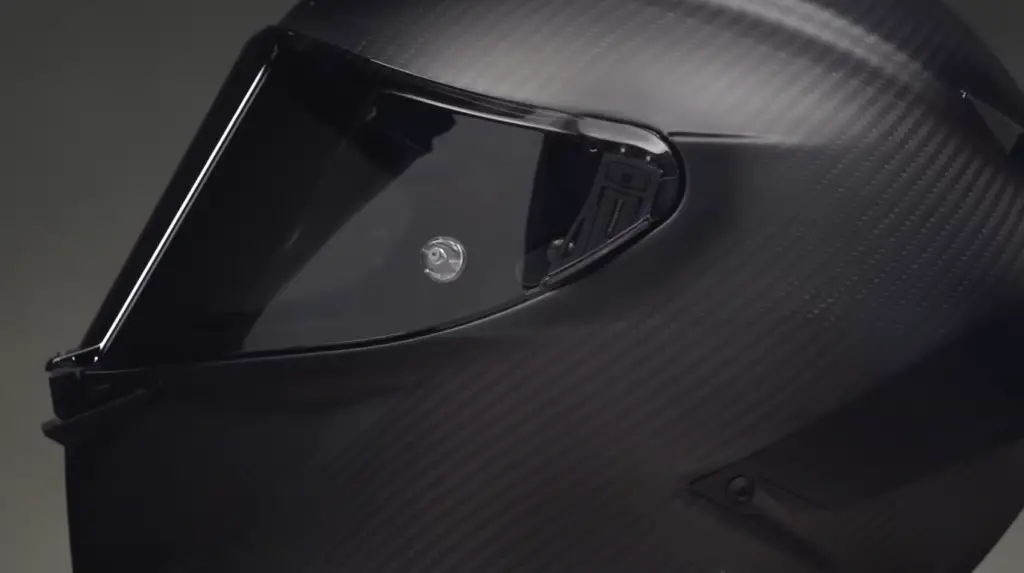
Do not use a helmet that does not have a date of expiry, even if it looks perfect at first glance.
Parts of the shell or polystyrene (ESP) lining can deteriorate with time, so you should keep in mind an information to change your helmet regularly.
The 7-year rule is suggested because the materials inside your helmet that help protect your head can break down over time and you won’t be able to see it.
Next, examine the motorcycle helmet for both cosmetic and structural damage.
You can not keep track of when the helmet is already worth changing to a new one. However, the 5-7 year wear rule can be applied to absolutely all helmets.
Often helmets deteriorate due to weather conditions, whether it is heating up in the bright sun or getting wet in the rain.
The outer hard shell of a helmet can be damaged by scratches and impacts, while the inner shell can be damaged by various unpredictable factors. It could be sweat from your hair or your head shape that can cause the interior trim to settle.
Any external influence can cause the interior trim to peel off or move, making it impossible to successfully fit on your head. If you continue to use such a helmet, it will not provide reliable protection and will be of no value in the event of an accident.
What causes Helmet degradation?
There are a few things that can cause your helmet to degrade over time, even if you don’t use it very often. One is UV exposure. Just like the sun can damage your skin, it can also damage your helmet. The UV rays can cause the materials in your helmet to break down and weaken over time. Additionally, extreme temperatures (either hot or cold) can also damage your helmet. So if you live in a particularly sunny or cold climate, you may need to replace your helmet more frequently than someone who lives in more moderate conditions.
Additionally, certain chemicals can also damage your helmet. For example, hair products, cleaning agents, and even sweat can all break down the materials in your helmet over time. So be sure to clean your helmet regularly and avoid exposing it to harsh chemicals.
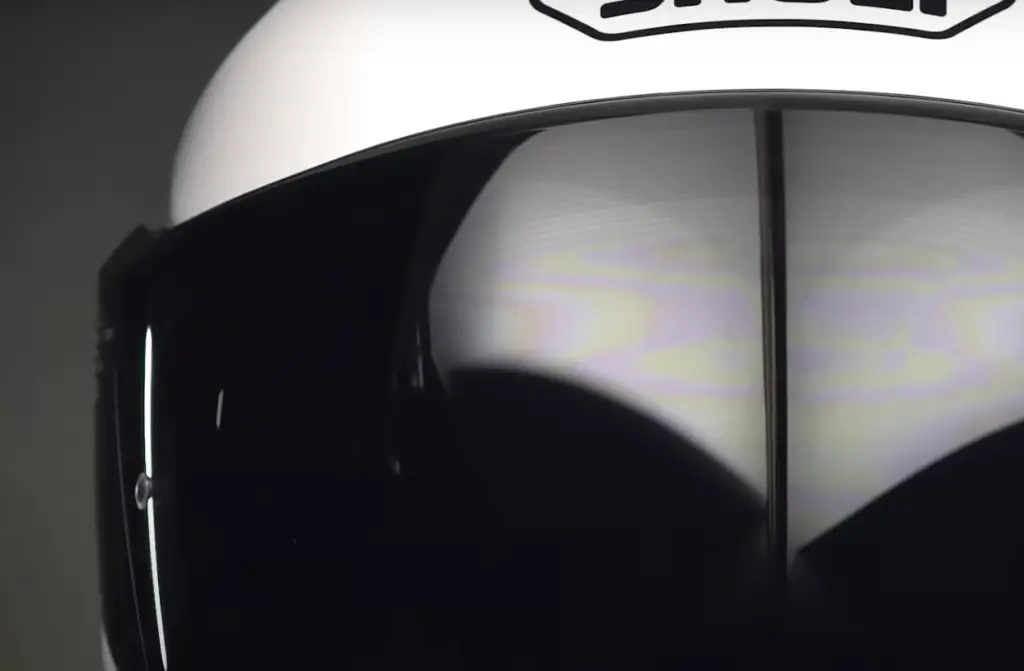
Finally, remember that even if you take good care of your helmet, it will eventually reach the end of its lifespan. So don’t wait until you have a crash to replace it- by then, it may be too late. Be proactive and replace your helmet every three to five years (or sooner if you notice any signs of wear and tear) to ensure that you’re always riding safely. [4]
Chin Straps
In addition to the helmet itself, it’s also important to take care of the chin strap. The chin strap is what keeps your helmet securely on your head in the event of a crash. It’s usually made of nylon or another strong, durable material. Additionally, the hardware on the chin strap (such as the buckle) can also become damaged or corroded over time.
So how often should you replace your chin strap? In general, you should inspect it regularly for signs of wear and tear. If you notice any fraying or damage , it’s time to get a new one. Additionally, most manufacturers recommend replacing your chin strap every two years , even if it doesn’t appear to be damaged.
By taking care of your helmet and chin strap, you can help ensure that they will provide the protection you need in the event of a crash. So don’t wait until it’s too late – replace your gear regularly to stay safe on the road.
Comfort Liner/Padding
The comfort liner (also called the padding) is the part of the helmet that comes into contact with your head. It’s usually made of foam or another soft, absorbent material.
Additionally, it can become compressed and misshapen because of the usage.After a while, the comfort liner can change its shape and lose density which can feel quite uncomfortable.
Using your helmet for the first time may be unusual because padding adapts to the shape of your head. Later, it will be modified, so you should just take your time.
After a lot of helmet use, too much sagging of the padding can not only be uncomfortable, but also interfere with a good fit.
Your helmet must fit snugly on your head and keep a good fit, otherwise it can easily slip off your head while riding.
Luckily, vendors provide separate paddings in case your padding gets worn out. So you can always replace it with a new one without having to replace the whole helmet.

Padding can wear out due to excessive rubbing of the head against it, due to sweat, shampoos and, in general, due to long and regular wear.
EPS Liner
The Eps liner is the part of the helmet that is located in the helmet itself between the outer part and the padding. It cannot be removed from the helmet and changed, as in the case with padding. It is securely fastened inside by connecting the two components of the helmet. Eps liner stands for expanded polystyrene or Styrofoam.
Often it does not wear out because it is not subjected to direct influences from the outside or inside. Despite this, it serves as an important part of the helmet assembly.
There are special scanners where you can take your helmet and see the inner layer of the liner and its condition.
Still, you don’t have to worry too much, as most likely it will be fine.
Outer Layer
The outer part of the helmet is how it appears to us. Beautiful and shiny – all this thanks to the external frame. The outer part of the helmet is the basis of the entire helmet and it is designed in such way to protect your head from injuries, concussions and other unwanted things.

The outer part is made of strong, hard materials, often plastic or other hard- wear resistance materials.
The design of the helmet itself is based on the outer layer, so it must not only be reliable, but also perform an aesthetic function. It’s not always possible to replace the outer layer of a helmet, but you can ask your craftsman for advice.
Glue
The glue and padding are two other important parts of a helmet that can degrade over time. The glue is what holds the helmet together, while the padding provides comfort and protection. The same as the top part, padding and the glue can break down over time. Additionally, the sweat and oils from your skin can break down the materials in the padding.
So, what is the answer to when you should replace your outer layer? If you ask about it different manufacturers, the answer will be from 2 to 3 years, even if it doesn’t appear to be damaged. Taking care of your helmet’s outer layer will give you a reliable, good helmet at the end of the day.
What are other reasons for the helmet’s breakdown?
Nevertheless some components of the helmets can expire due to the prolonged wear period, there are some other reasons why your helmet can expire sooner than later.
For example, if you drop your helmet or are in an accident, the helmet may no longer provide adequate protection. Additionally, helmets that have been stored for long periods of time may no longer be effective. Finally, new safety standards may render older helmets obsolete.
So it’s important to keep an eye on your helmet and replace it when necessary. Looking for your helmet and keeping it in a good form and condition will give you good durability of your helmet and great protection for your head.
Is the five year rule fake?
Though we want it to be just another marketing trick, unfortunately or luckily, it’s not.
Some studies showed that after the intended period of wear helmets are only about half as effective as they were when new. The study also found that after ten years, helmets are only about one-third as effective as they were when new.
So while you may not need to replace your helmet every five years, it’s definitely something to keep in mind. By taking care of your helmet and replacing it when necessary, you can help ensure that it will provide the protection you need in the event of a crash.
Motorcycle Helmet care and Maintenance
Just like any other piece of safety equipment, it is important to take care of your motorcycle helmet. Here are some tips to help you keep your helmet in top condition:
- Store your helmet in a cool, dry place.
- Avoid exposing your helmet to direct sunlight for long periods of time.
- Clean your helmet regularly with special detergents and disinfectants for helmets;
- Inspect your helmet regularly for signs of wear and tear.
- Replace your helmet every five years, even if it doesn’t appear to be damaged. [5]
Bike Helmet Fit & Comfort
A good fit is key when picking a bike helmet because an poor fitting one can decrease protection in a crash. You’ll be wearing it for every mile of your ride, so you want to make sure it’s comfortable.
You can properly find a bike helmet that fits you by measuring your head circumference and following the sizing chart of the specific brand.
Wrap a flexible tape measure around the biggest section of your head — about an inch above your eyebrows—to determine your head circumference. Alternatively, wrap a string around your head and measure the length with a yardstick.
How To Adjust Bike Helmet
Adjust the tightness first. Many helmets have a tightening knob that you can open all the way to put the helmet on your head and then twist until it fits properly. (However, fit systems vary; certain helmets may still be adjusted using replaceable internal foam pads to achieve a more secure fit.)
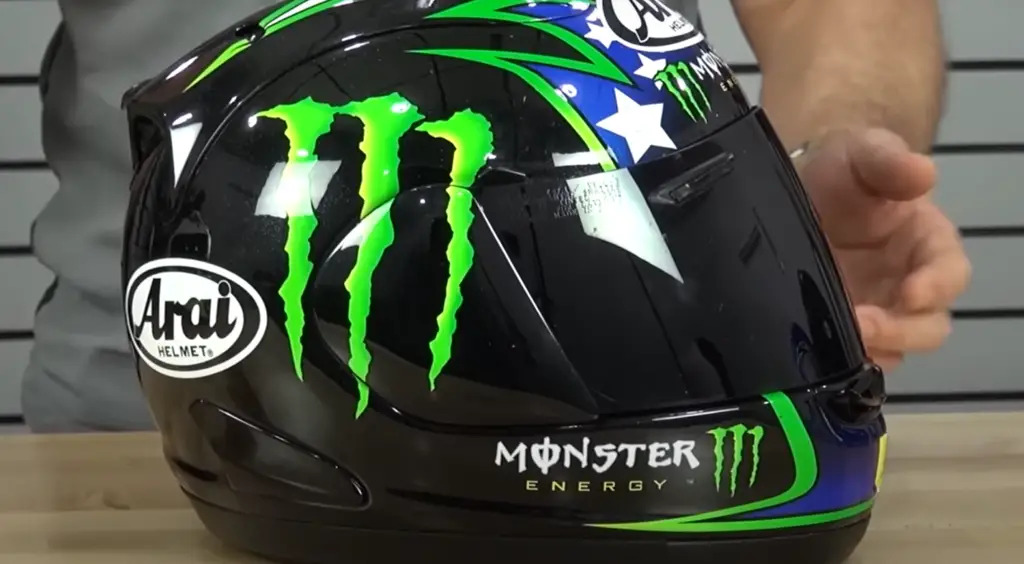
Secondly, secure the chin strap. The straps should be in a V shape under each ear. If they aren’t comfortable, adjust the buckle until it is convenient.
After buckling the chin strap, open your mouth wide. The helmet should be snug against your head as you do so. If it’s not, slightly tighten the strap and repeat this process until the fit is comfortable but secure.
Additional Bike Helmet Fit Tips
Brand sizing varies: The numbers in the previous two examples differ slightly among helmet brands, so double-check the circumference of your head when purchasing. Because helmets are designed using proprietary shapes, similar to shoes, different brands may use somewhat different molds.
To improve the fit of your larger helmet, look at alternative helmet models or wear a cycling cap or beanie. Some people with tiny heads can wear an adult size comfortably.Your helmet should fit snug without being too tight. The front edge of the helmet should be one inch or less above your eyebrows, and the helmet should sit level on your head so that your forehead is protected. To test if the helmet fits properly, push it from side to side and back to front. If it has noticeable shifts (one inch or more), you’ll need to adjust the fit.
FAQ
Where is the motorcycle helmet expiry date sticker?
The motorcycle helmet expiry date is usually located on the inside of the helmet, near the back. It is often a small white sticker with the date printed on it.
If you cannot find the sticker, it is probably because it has worn off. In this case, you should replace your helmet as soon as possible.
It is also important to note that not all helmets have an expiry date sticker. If your helmet does not have one, it should be replaced every five years.
Additionally, if you drop your helmet or are in an accident , you should replace it even if it doesn’t appear to be damaged. [6]
Should you change your helmet in case of a fall?
The answer is yes, you have to replace it. Even an intact helmet at a first sight can have invisible scars or damage that will affect the protection level of your helmet.
Additionally, if you are in an accident, you should also replace your helmet. Any damage leads to the fact that the helmet does not provide sufficient protection and this can have a significant negative effect.
So it’s important to take care of your helmet and replace it when necessary.
What happens if you wear an expired helmet?
If you wear an expired helmet, it may not provide adequate protection in the event of a crash. Additionally, if you are in an accident while wearing an expired helmet, your insurance company may refuse to pay out.
The bottom line is that motorcycle helmets have an expiration date for a significant reason. The materials degrade over time and the helmet may no longer provide adequate protection. Additionally, if you drop your helmet or are in an accident , you should also replace it.
So it’s important to keep an eye on the expiry date of your helmet and replace it every five years.
Useful Video: How long are Motorcycle Helmets Good For? – Find Helmets
Conclusion
All things considered, motorcycle helmets have a lifespan of around 5 years. However, this can vary depending on the quality of the helmet and how often it is used. Make sure to check on your helmet regularly for signs of damage and replace it when necessary. With regular use, a motorcycle helmet should last you about 5 years before needing to be replaced. Have you ever had to replace your motorcycle helmet? Let us know in the comments below!
References:
- https://timeless2wheels.com/682077/do-motorcycle-helmets-expire/
- https://motorandwheels.com/do-motorcycle-helmets-expire/
- https://blog.msasafety.com/signs-you-may-need-a-new-hard-hat/
- https://timeless2wheels.com/682077/do-motorcycle-helmets-expire/
- https://motoress.com/motorcycle-gear/ten-motorcycle-helmet-care-tips/
- https://www.headsdontbounce.com/motorcycle-helmets/do-motorcycle-helmets-expire/


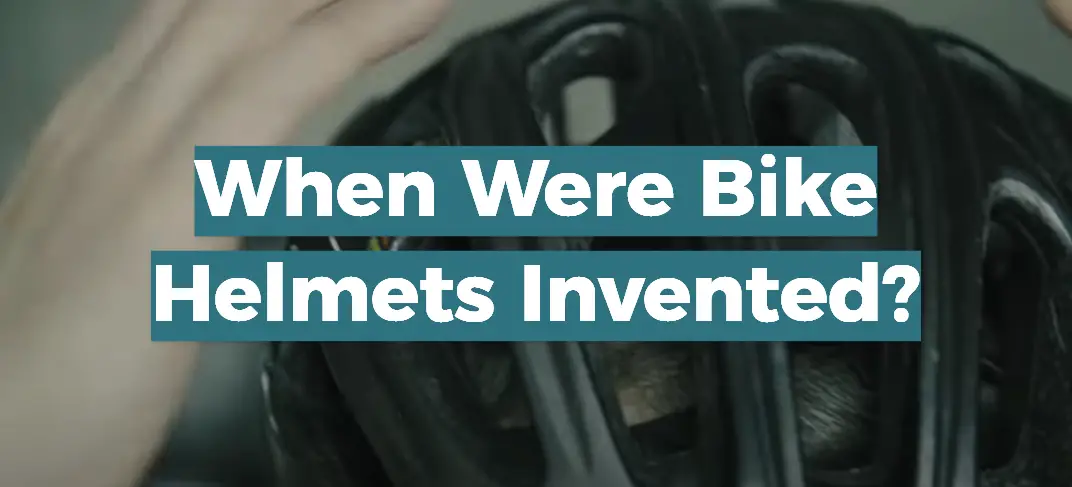
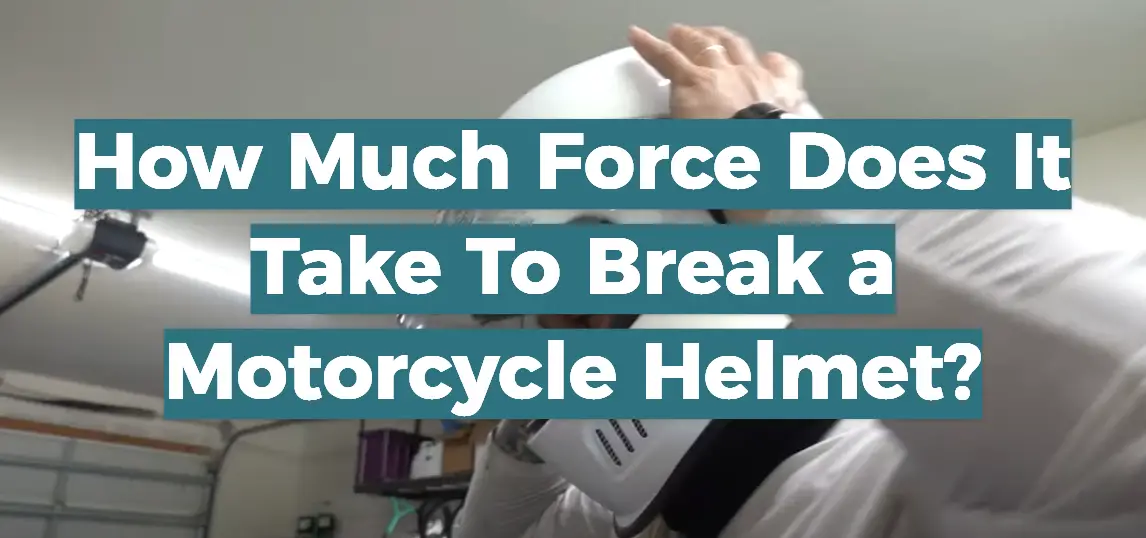

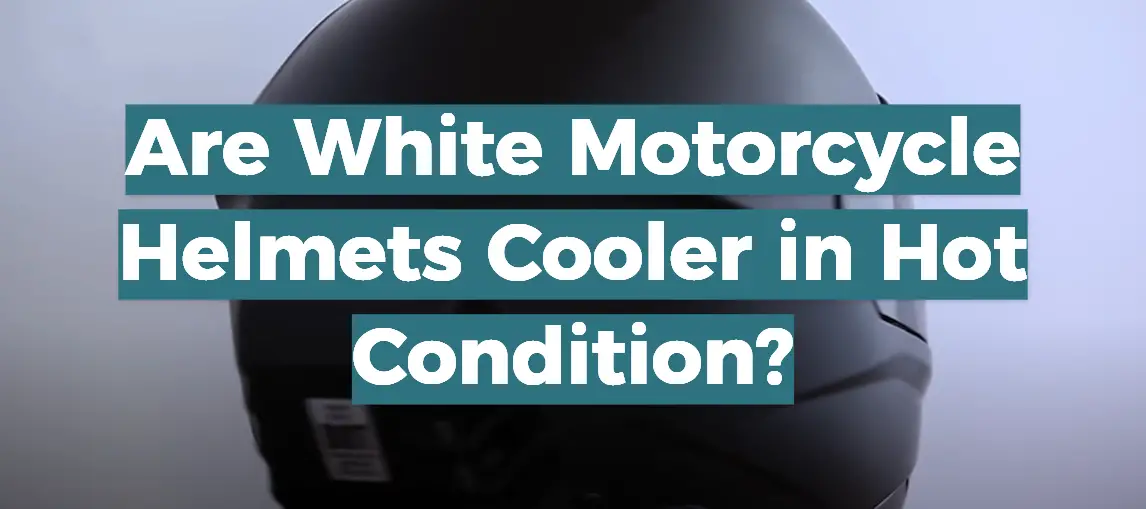
Leave a Reply